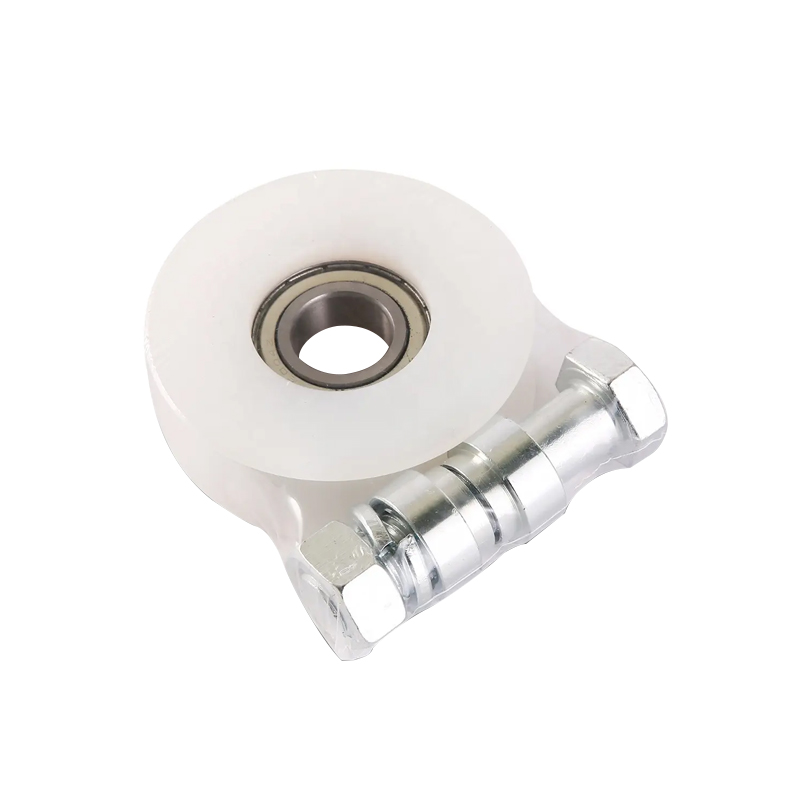No. 200 Gaoxin RD, Shanghua St, Lanxi, Zhejiang, P. R China
The High Precision Straight Teeth Rack Pinion Gear is a critical compo...
See DetailsThe Single Axis Sliding Gate Nylon Wheel is a widely used component in lightweight and medium-duty sliding gate systems, commonly found in residential properties, small commercial facilities, and garden enclosures. Its primary function is to facilitate smooth and controlled gate movement along a linear path while maintaining alignment and friction.

Nylon is selected as the wheel material for several practical reasons. Nylon offers low rolling resistance and operates quietly, making it ideal for use in environments where noise should be minimized, such as residential areas. Second, nylon is corrosion-resistant, making it suitable for outdoor use where exposure to moisture or varying temperatures may occur. It also offers modest load-bearing capacity, which is sufficient for gates that do not exceed medium weight limits.
The term "single axis" refers to the fixed rotation plane of the wheel, meaning it is designed to roll along a straight path without deviation. This is critical for sliding gate systems, where lateral stability and straight-line tracking are necessary for proper function. A gate equipped with a single axis nylon wheel can move smoothly across a track or guiding surface, assuming proper installation and alignment.
Installation should ensure that the wheel is mounted securely to the gate frame and that it aligns correctly with the track to prevent stress on the bearing or wheel body. Routine checks for wear, debris accumulation, and alignment help preserve the longevity of the wheel system.
The 6 Inch Garden Gate Wheel is commonly used to support and stabilize larger garden gates, particularly those made from wood or metal. While effective in improving gate movement and reducing strain on hinges, several issues can arise over time. Understanding these common problems and their troubleshooting methods can extend the operational life of the wheel and gate assembly.
One frequent issue is wheel misalignment. This can occur if the gate shifts over time due to ground settling, seasonal changes, or mechanical stress. Misalignment can cause the wheel to rub against the track edge or not roll efficiently, bring about resistance during opening or closing. To correct this, inspect the gate alignment and adjust the mounting brackets or gate frame to restore proper contact with the ground or guiding surface.
Another common problem is debris accumulation. Outdoor conditions often bring about dirt, leaves, or small stones getting caught in the wheel or track area, which can impede motion or cause premature wear. Regular cleaning of the wheel and track area helps prevent this issue. Applying a small amount of lubricant (only if compatible with the wheel material) can further improve performance.
Wear and tear on the wheel tread or bearings is also a concern, especially in frequently used gates. Over time, even durable wheels can develop flat spots, cracks, or loose axles. Replacing the wheel with a compatible model, usually requiring basic tools, restores function.
Lastly, users should periodically check for rust or corrosion if the wheel contains metal components. Using galvanized or stainless materials and protective coatings can reduce this risk.
Timely troubleshooting of the 6 Inch Garden Gate Wheel—through alignment checks, cleaning, lubrication, and part replacement—ensures continued smooth and stable gate operation in outdoor environments.